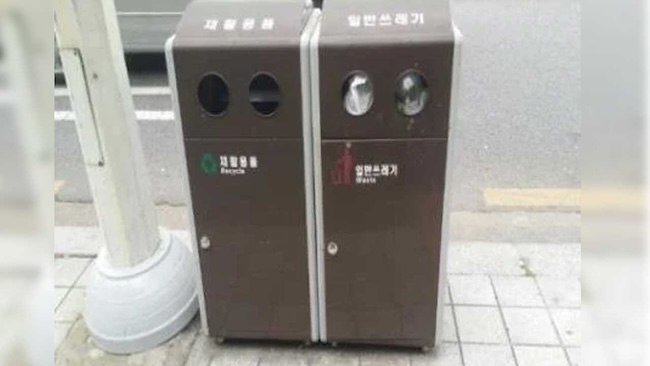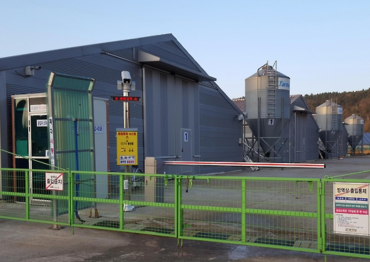
The Seoul Metropolitan Government has made the decision to significantly increase the number of trash cans throughout the city. (Image courtesy of Yonhap)
SEOUL, Oct. 16 (Korea Bizwire) – The Seoul Metropolitan Government has made the decision to significantly increase the number of trash cans throughout the city. This choice was influenced by a rising number of citizens who had expressed concerns about the lack of proper trash disposal options on the streets, along with comparisons to cities like New York, Tokyo, and Paris, all of which have abundant public trash cans.
Nevertheless, the debate on whether expanding the presence of trash cans is desirable is expected to persist. A noteworthy incident during the recent World Fireworks Festival in Seoul sheds light on this matter.
On October 7, the festival took place at Yeouido Hangang Park, attracting around one million attendees, and, as a result, a considerable amount of litter was left behind. The Yeouido district cleaning station, under the jurisdiction of the Seoul Metropolitan Government’s Han River Park Division, usually collects about 10 tons of waste on weekends.
However, during the festival, an astounding 70 tons of garbage were collected, seven times the usual amount.
The root of the problem appears to be a lack of civic consciousness regarding proper waste disposal. Trash was found piled up in areas that lacked trash cans, and bins designated for cigarette butts in smoking booths were filled not just with cigarette packets but also disposable cups and beverage bottles. Given this scenario, questions arise about how increasing the number of trash cans will impact the cleanliness of city streets.
The Seoul Metropolitan Government has announced plans to boost the current count of 4,956 trash cans to 7,500 by 2025. Notably, the number of trash cans in Seoul has been decreasing annually since the implementation of the pay-as-you-throw system in January 1995.
The pay-as-you-throw system levies fees based on the volume of waste disposed of and has been lauded by foreign nations. However, an unintended consequence was the growing trend of people using public trash cans to evade these fees, leading local authorities to remove them and contributing to the scarcity of trash cans in Seoul. From 7,607 in 1995, the count has dwindled to 4,956 in 2023.
Consequently, an increasing number of citizens voiced grievances about the lack of options for discarding their waste on the streets, often questioning why Seoul lags behind cities like New York, Tokyo, and Paris in this regard. A 2021 city survey revealed that 73.3 percent of respondents believed there were “insufficient trash cans” in Seoul.
The forthcoming trash cans will be strategically placed in high-traffic areas, including Gwanghwamun, Teheran-ro, Yeouido, and near bus stops. This decision comes in response to passenger complaints about not being allowed to bring drinks on buses.
Each trash can installation is estimated to cost between 300,000 and 400,000 won. Starting in December of this year, a new trash can design will be introduced, and there is also consideration of adding bins for cigarette butts alongside the trash cans.
However, it has been reported that local government officials responsible for installing and managing the trash cans are concerned about the increased administrative burden and the cleanliness of the areas surrounding the new additions.
M. H. Lee (mhlee@koreabizwire.com)






